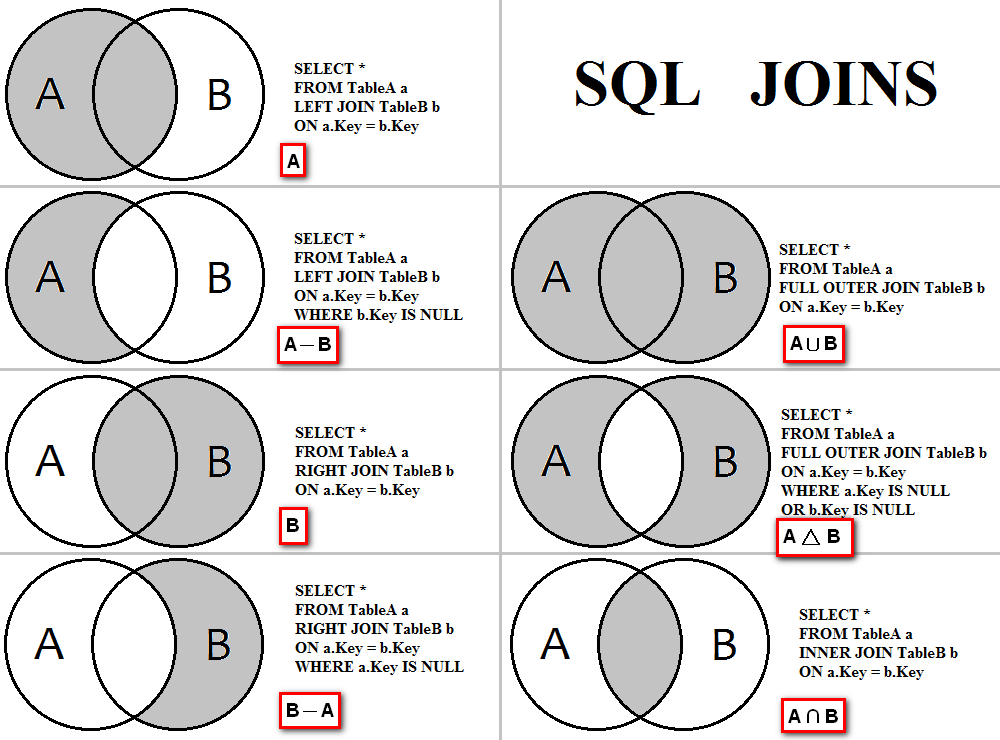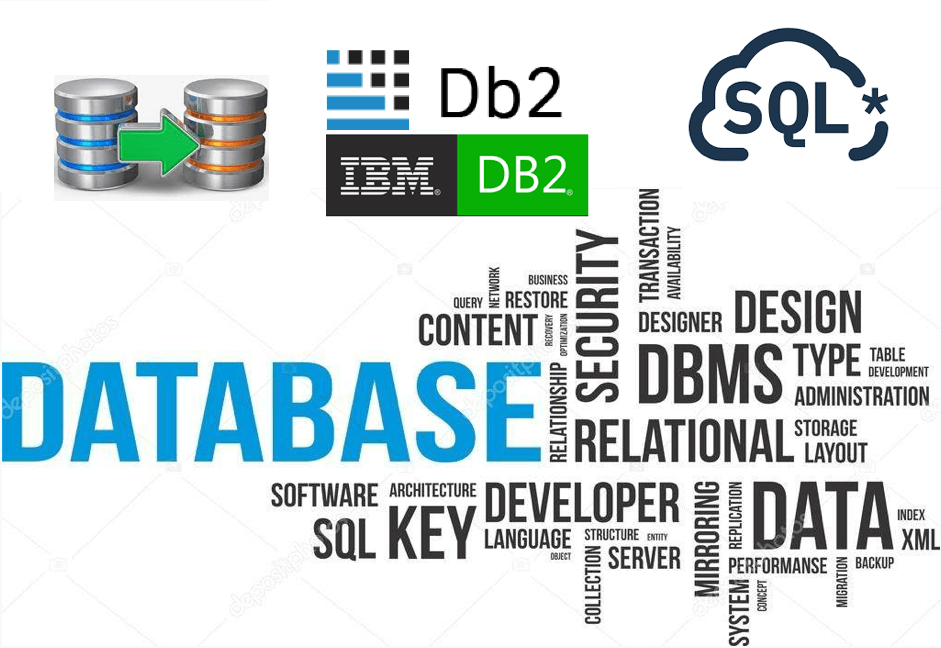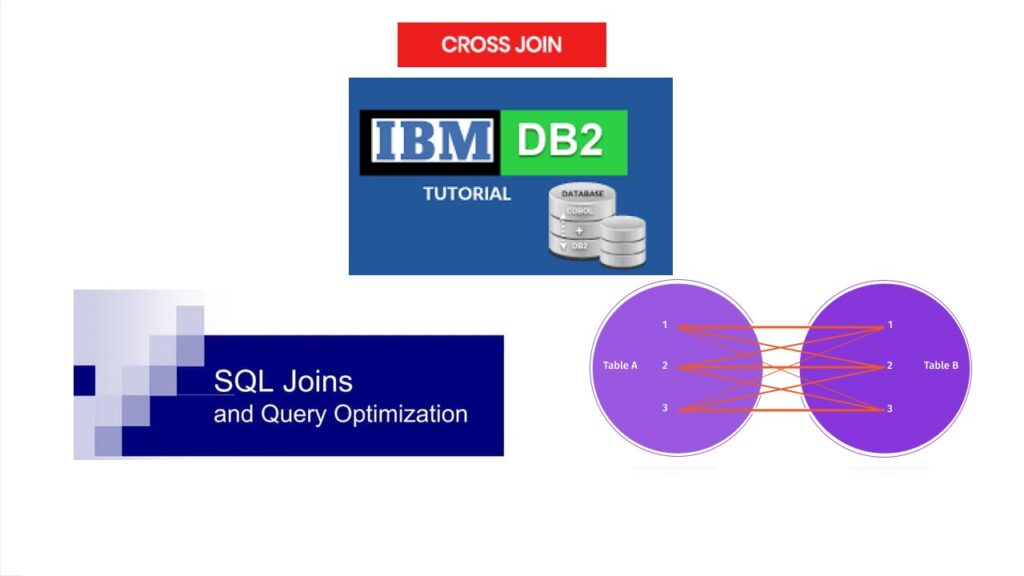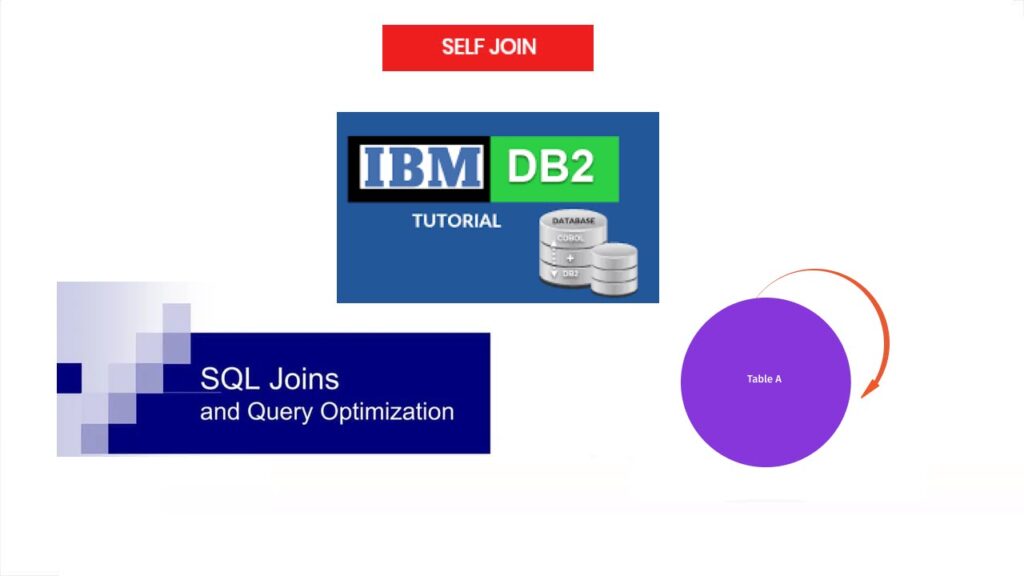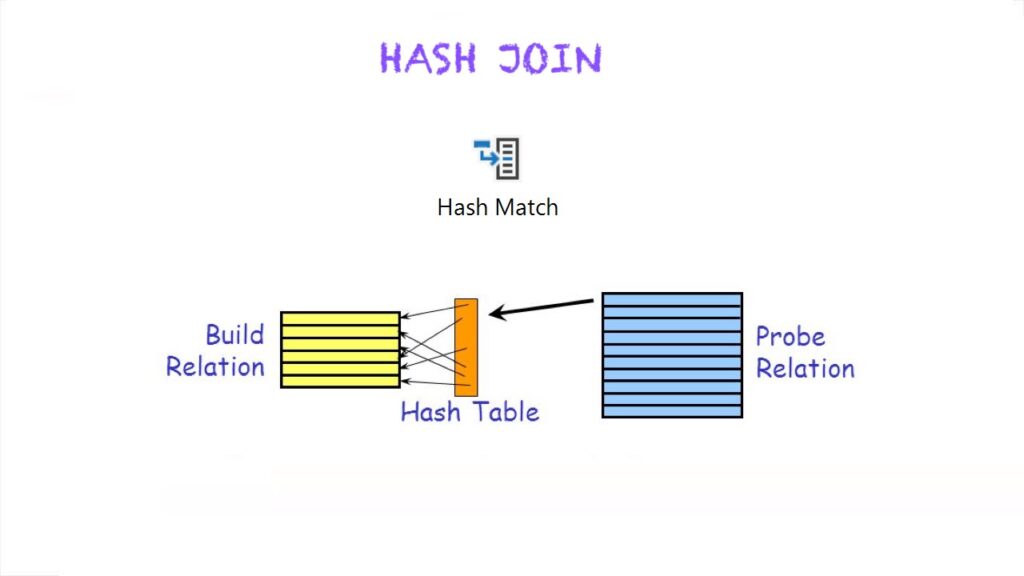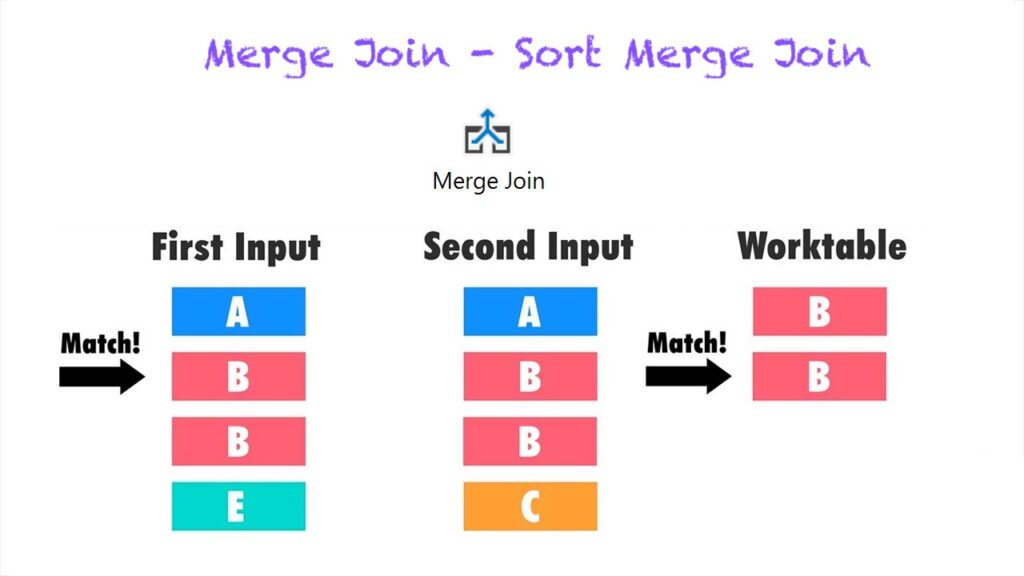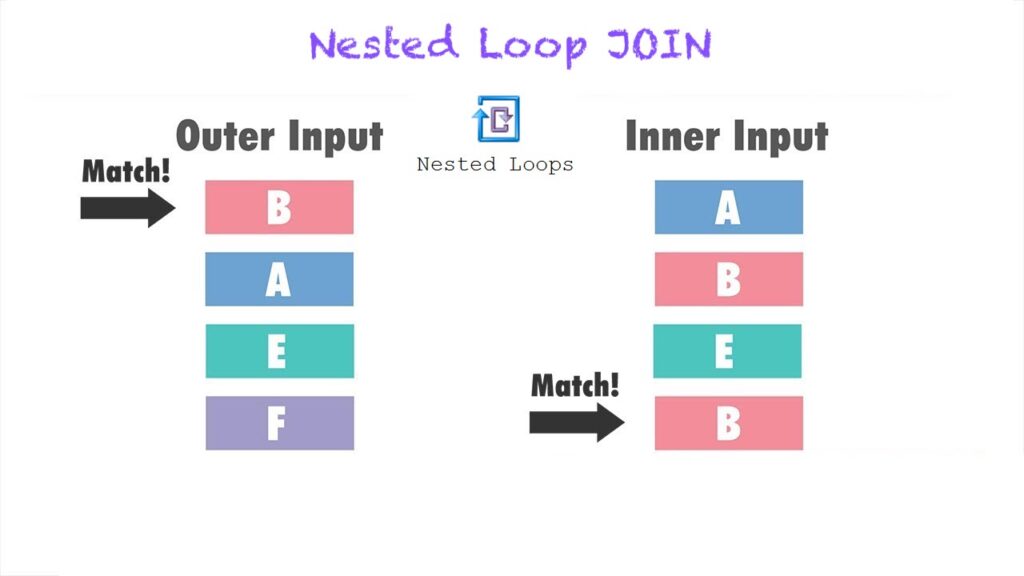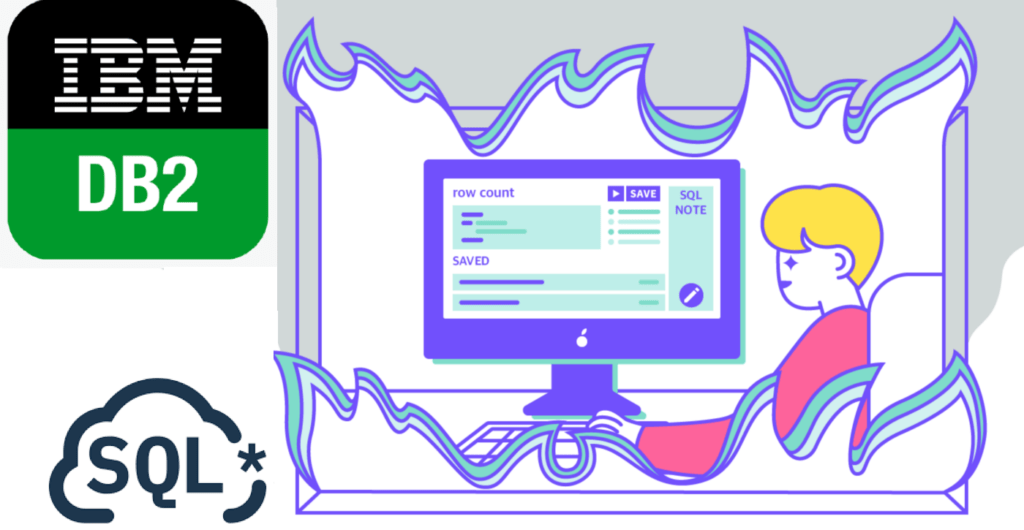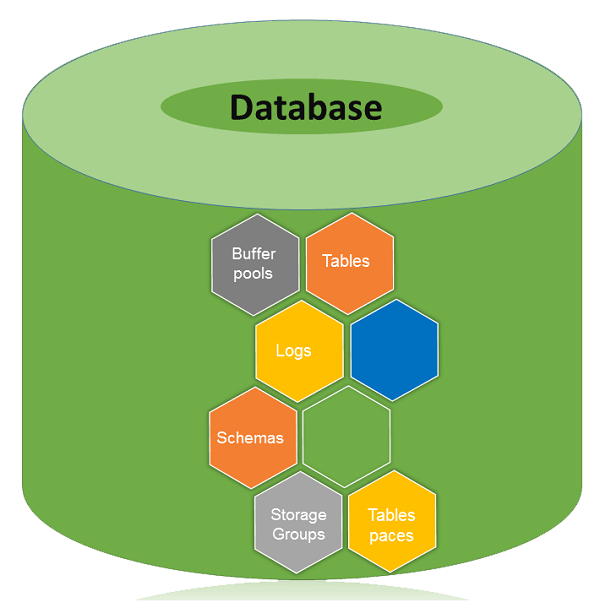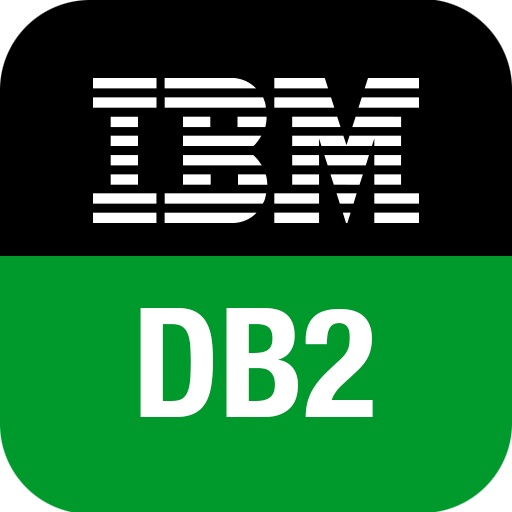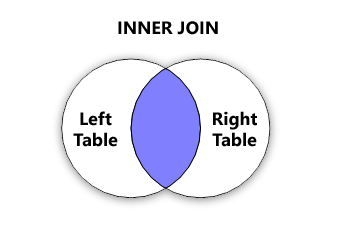Optimize Outer Join Queries in the COBOL DB2 Program
Optimize Outer Join queries is a powerful tool for retrieving data from multiple tables. However, if not used judiciously, they can lead to performance issues. This blog post will explore tips and tricks to optimize outer join queries for better performance. Let’s dive into practical examples and explanations. Choose the Right Join Type Full outer […]
Optimize Outer Join Queries in the COBOL DB2 Program Read More »

